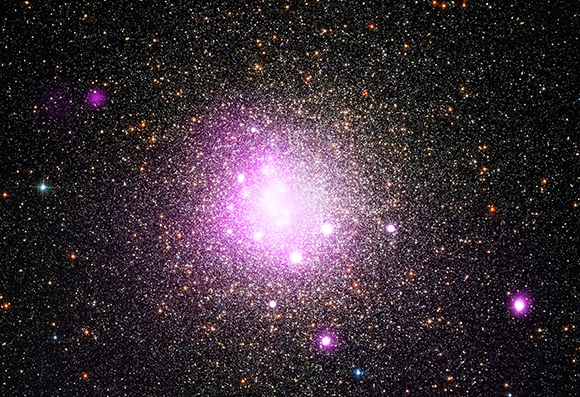
If you're a fan of science fiction, you'll have seen some pretty crazy things, up to time travel and the destruction of entire planets! We saw poor Spock's home planet Vulcan destroyed in Star Trek, and in Star Wars Princess Leia's home planet of Alderaan was blown to smithereens.
Does the destruction of planets really happen in the Universe, or is this just science fiction?
Astronomers have recently discovered evidence that a planet may have been destroyed in our very own Galaxy. Even scarier, it appears to have been destroyed by a star that was once like our own Sun!
When a star like our Sun runs out of fuel to burn, its outer layers drift away into space, leaving just the very centre. For this star, and the Sun, that will be a ball about the size of Earth (over a million times smaller), which is hot, dense and really bright. This is called a white dwarf star.
It was a white dwarf star like this that ripped apart the planet. But how could such a teeny tiny star be responsible for such a violent act?
The answer is gravity. The gravity at the surface of a white dwarf is over 10,000 times higher than the gravity at the surface of the Sun.
One day, the planet appears to have strayed too close to the star and was ripped apart. Parts of it were then gobbled up by the white dwarf.
Cool fact: Although we call them white dwarfs, these stars aren't always white, they can also have orange, red or even blue tinges!
Watch the video podcast
Do you want to learn more about this topic?
Visit the Chandra field guide or send us your questions in an email: cxcpub@cfa.harvard.edu
In cooperation with Space Scoop: Bringing news from across the Universe to children all around the world. Universe Awareness and the Chandra X-ray Observatory
| Children & Online Privacy |



